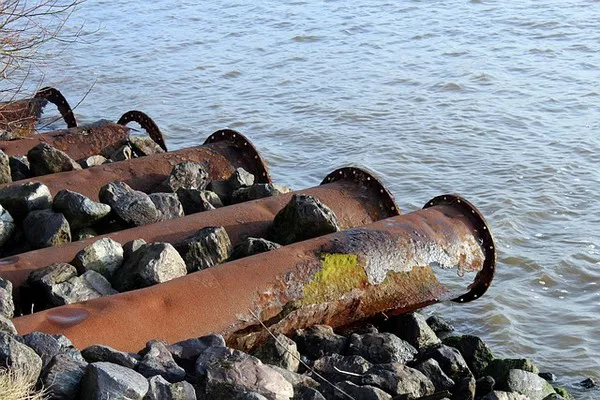Wastewater collection systems play a crucial role in managing and treating the vast volumes of wastewater generated by residential, commercial, and industrial activities. These systems are designed to safely transport wastewater from its source to treatment facilities, preventing environmental pollution and protecting public health. There are several types of wastewater collection systems, each with its own unique characteristics and applications. In this article, we will explore some of the most common types of wastewater collection systems in use today.
Combined Sewer Systems (CSS):
Combined sewer systems are prevalent in older urban areas, particularly in cities built before the 20th century. In CSS, both sanitary wastewater (from toilets, sinks, etc.) and stormwater runoff are collected in the same pipes and conveyed to wastewater treatment plants. During dry weather, all wastewater is treated at the plant. However, during heavy rainfall or snowmelt, the volume of wastewater may exceed the treatment capacity, leading to combined sewer overflows (CSOs). CSOs can result in untreated wastewater being discharged directly into water bodies, causing pollution and environmental damage.
Separate Sewer Systems:
In contrast to combined sewer systems, separate sewer systems have separate pipes for sanitary wastewater and stormwater runoff. Sanitary sewers collect wastewater from toilets, sinks, and other household sources, while storm sewers collect rainwater and snowmelt from streets, roofs, and other surfaces. Separate sewer systems help prevent CSOs and reduce the risk of water pollution during heavy rainfall events. However, they require separate infrastructure for the collection and treatment of stormwater, which can increase costs for municipalities.
Sanitary Sewer Systems:
Sanitary sewer systems are designed exclusively for the collection and conveyance of sanitary wastewater from residential, commercial, and industrial sources. These systems consist of a network of underground pipes that transport wastewater to treatment facilities for purification before discharge into the environment. Sanitary sewer systems are essential for protecting public health and preventing the spread of waterborne diseases. Regular maintenance and inspection are necessary to ensure the proper functioning of sanitary sewer systems and prevent blockages or leaks.
Stormwater Management Systems:
Stormwater management systems are designed to collect, convey, and treat stormwater runoff to prevent flooding and reduce pollution. These systems include various components such as detention ponds, infiltration basins, and green infrastructure (e.g., rain gardens, permeable pavements) to capture and treat stormwater close to its source. By mimicking natural hydrological processes, stormwater management systems help mitigate the adverse impacts of urbanization on water quality and quantity. They also provide additional benefits such as habitat creation, aesthetic enhancement, and groundwater recharge.
Combined Sewer Separation:
Combined sewer separation involves retrofitting existing combined sewer systems to separate sanitary wastewater from stormwater runoff. This process typically requires the installation of new sewer pipes to convey stormwater to separate treatment facilities or storage tanks. Combined sewer separation can help reduce the frequency and volume of CSOs, improving water quality in receiving water bodies. However, it can be costly and disruptive, especially in densely populated urban areas with limited space for infrastructure expansion.
Low-Pressure Sewer Systems:
Low-pressure sewer systems are a type of decentralized wastewater collection system commonly used in rural or remote areas where traditional gravity sewer systems are impractical or cost-prohibitive. In low-pressure sewer systems, wastewater is collected from individual homes or buildings using small-diameter pipes and pumped to a central treatment facility or septic tank. These systems are relatively easy to install and maintain, making them suitable for areas with challenging terrain or limited access to utilities.
Vacuum Sewer Systems:
Vacuum sewer systems utilize vacuum pumps to create negative pressure within the sewer pipes, allowing wastewater to be transported without the need for gravity or pressure. In vacuum sewer systems, wastewater flows into small collection pits or chambers located at ground level, where it is then conveyed to a central vacuum station for treatment. Vacuum sewer systems are particularly well-suited for flat or low-lying areas where traditional gravity sewer systems are not feasible. They also offer advantages such as reduced construction costs, lower energy consumption, and improved leak detection.
See also How Much Does A Home Sewage Treatment Plant Cost
Conclusion:
Wastewater collection systems are essential infrastructure components that play a critical role in protecting public health and the environment. From combined sewer systems in urban areas to low-pressure sewer systems in rural communities, there are various types of wastewater collection systems designed to meet the diverse needs of different regions and populations. As communities continue to grow and evolve, the development and maintenance of sustainable wastewater infrastructure will remain a priority to ensure the safe and efficient management of wastewater for generations to come.

